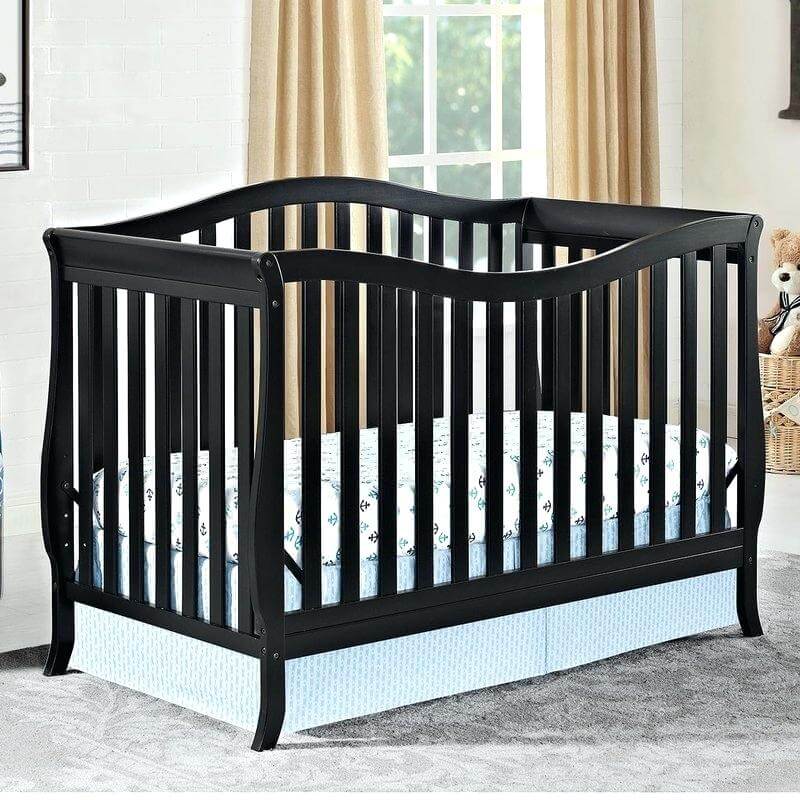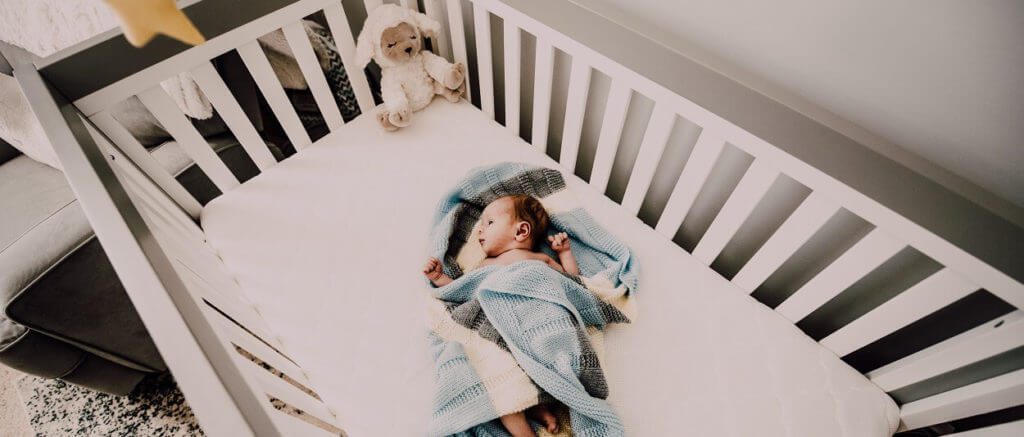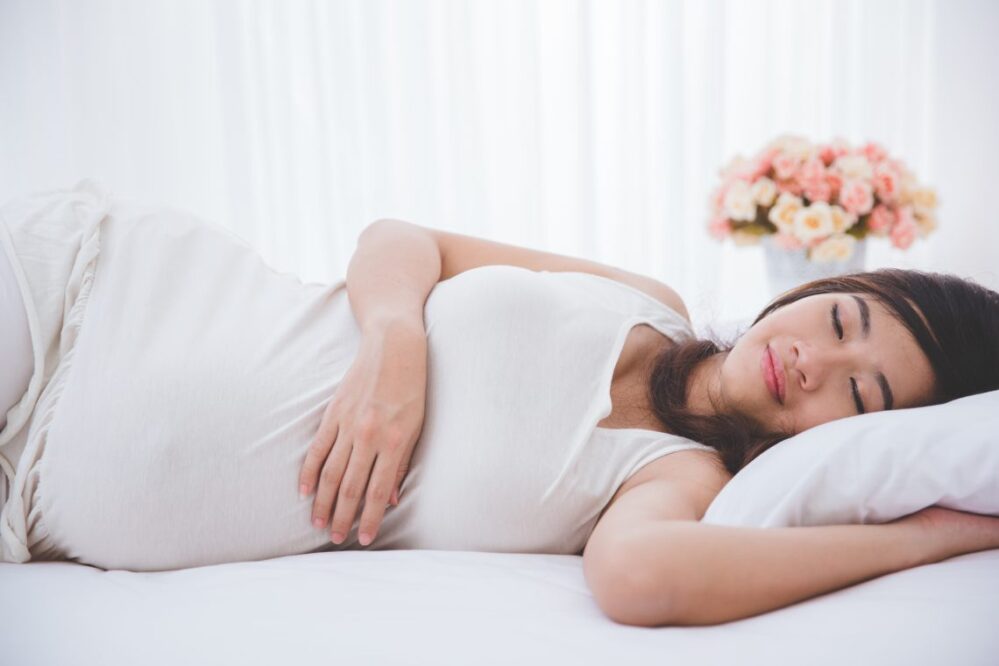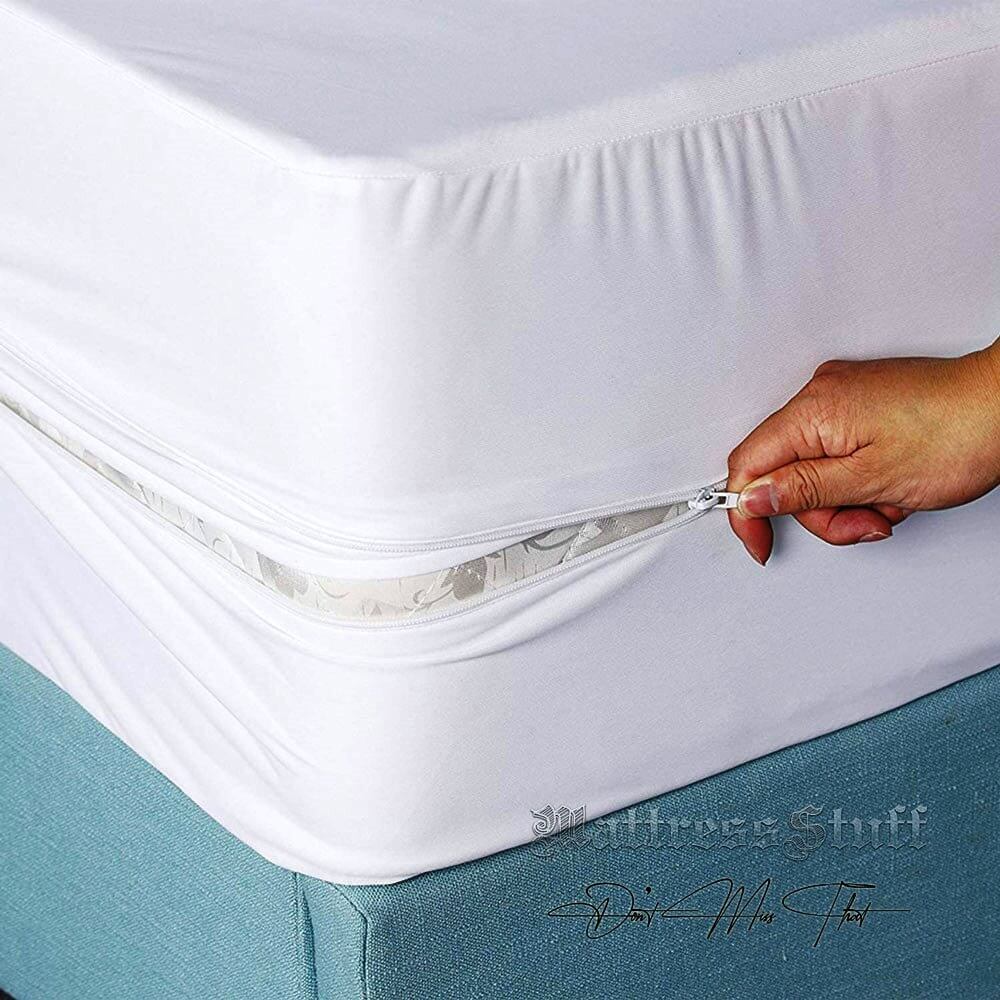
Table of Contents
Crib Mattress Dimensions
There are as many ways to raise a child as there are sets of parents in the world. Each country, culture, and family will have its own practices when it comes to childcare. Most contemporary styles of child-rearing, however, put a great deal of importance on getting the right products to help ensure a baby’s safety, especially in homes where parents may not be able to keep an eye on their child a hundred percent of the time.
From the right style of crib to crib mattress dimensions and crib sheet sizes and materials, there are a lot of things that you should keep in mind when choosing the right items for your baby’s nursery.
Crib mattress dimensions are as important a consideration as the material that your mattress is going to be made of. When you are looking for crib mattresses at the store or online, it is important that you read what’s on the label. Here is what you should be looking for when it comes to mattress dimensions.
1. Length and width.
Cribs and crib mattress sizes today tend to be standardized. A mattress designed to fit a regular-sized “standard crib” is about 27 1/4 inches by 51 5/8 inches. Meanwhile, there are also mattresses designed for portable or “mini” cribs that are a bit smaller than that at 2 inches by 27? inches.
These mini cribs are popular with parents who do a lot of traveling with their baby, or for those who have a smaller space at home. In either case, you should get the size that will fit snugly into your crib. There should be no gaps or spaces between the mattress and the sides of the crib to avoid entrapment and even suffocation.
2. Thickness.
The maximum thickness for a crib mattress is 6 inches. A mattress should be no thicker than this to prevent baby from getting enough of a boost from it to climb over the sides of a standard-sized crib. In addition, crib mattresses should not be too thick less they pose the risk of suffocation.
You may be able to get a 3-inch mattress, but these are usually thin and flimsy enough for baby to bundle up or pull up when he becomes active, which in turn makes them a safety hazard.
3. Corners.
This may never have occurred to you before, but the shape of a mattress’s corners matters when it is for your child’s crib. Square corners tend to fit more snugly into the crib than round corners, which often leave small pockets of space.
Whether buying at a brick-and-mortar store or shopping online, measure the inside your crib before buying the mattress, especially if the mattress and crib will be of different brands. After all, mattress that is too small is a safety risk, and one that is too large will simply be useless.
Crib mattress dimensions are an important aspect of choosing your child’s bedding, so make sure that you get them right always.







